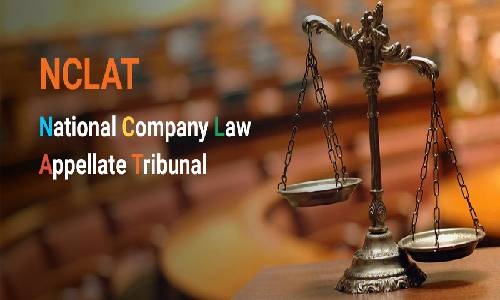
Case Title:- Genus Security and Allied Service v. Mr Shivadutt Bannanje & Anr
The National Company Law Appellate Tribunal has observed that ‘Nil Payment’ to the operational creditors is permissible under the resolution plan if the liquidation value is less than the admitted claims of the corporate debtor.
The instant appeal is against the order of the Adjudication Authority (NCLT Bangalore) wherein it had allowed the resolution plan of Fortuna Urbanscape Pvt. Ltd. on the basis that it provides nil payment to the operational creditors. Aggrieved by the same, the appellant who is the operational creditor moved in appeal.
The facts, in brief, are that the aggrieved operational creditor provided security and housekeeping services which aided in the timely completion of the projects undertaken by the Corporate Debtor Respondent. When the CIRP was initiated against the Respondents, the appellant via email submitted his proof of claim along with bills and receipts. However, the 2nd Respondent totally ignored his liability and wilfully omitted this claim in the Resolution Plan stating that the same does not hold merit and thus claim is not maintainable as such.
It is also the contention of the Appellant that this omission in the plan is in contravention of Section 30(1) of the IBC, and as such the Adjudicating Authority instead of approving the 2nd Respondent’s faulty resolution plan should have liquidated the Corporate Debtor on this ground alone.
The Counsel for the Respondent discredited the Appellant’s arguments and stated that this appeal is based on a fundamentally wrong understanding of law, and section 30 of the IBC in particular. It was put forward that Section 30(2) IBC only mandates liquidation under 2 circumstances that the amount should not be less than:-
the amount to be paid to them in the event of liquidation under Section 53, or
the amount that would have been paid to them if the amount to be distributed under the Resolution Plan had been distributed in accordance with the order of priority in Sub-Section 1 of Section 53, whichever is higher.
In the instant case, the liquidation value of the Corporate Debtor is Rs Rs. 18,06,64,274/- which is far higher than the claim of the Operational Creditor, and as such payment to the operational creditors as a category was not proposed in the Resolution Plan, and it clearly states that the ‘payment to Operational Creditors as a class is not contemplated at all due to the insufficiency of the liquidation value of the Corporate Debtor.’
The Appellate Authority while analysing the plan to arrive at a decision noticed that the Resolution Plan does not propose to pay the outstanding Government dues, taxes etc. which was admitted as operational creditor debt.
It was further explicitly observed by the Appellate Authority that “Section 31 of the I & B Code, 2016 deals with the approval of Resolution Plan. As per Sub-Section (1), if the Adjudicating Authority is satisfied that the Resolution Plan as approved by the Committee of Creditors under Sub-Section (4) of Section 30 meets the requirements as referred to in Sub-Section (2) of Section 30, it shall by order approve the Resolution Plan which shall be binding on the Corporate Debtor and its employees, members, creditors (including the central Government, any State Government or any Local authority to whom a debt in respect of the payment of dues arising under any law for the time being enforced, such as Authorities to whom Statutory dues are owed,) guarantors and other stakeholders involved in the Resolution Plan.”
As such the due procedure laid down under IBC has to be followed, and no infirmity or illegality was found in the Plan as approved by the Committee of Creditors by a majority vote of 95.07% and approved by the Adjudicating Authority and the same shall be binding on the Appellants apart from other stakeholders.

